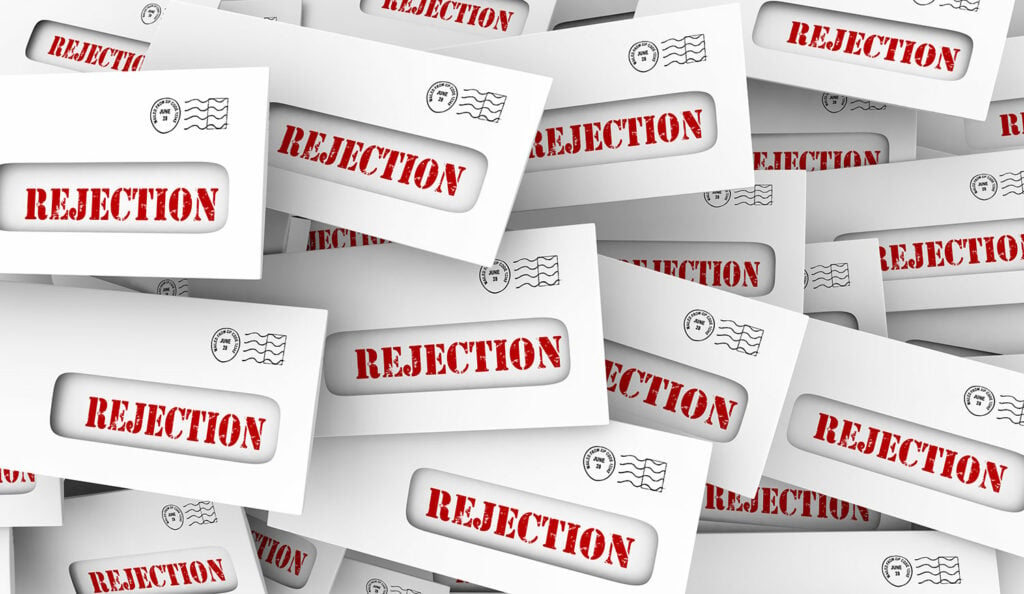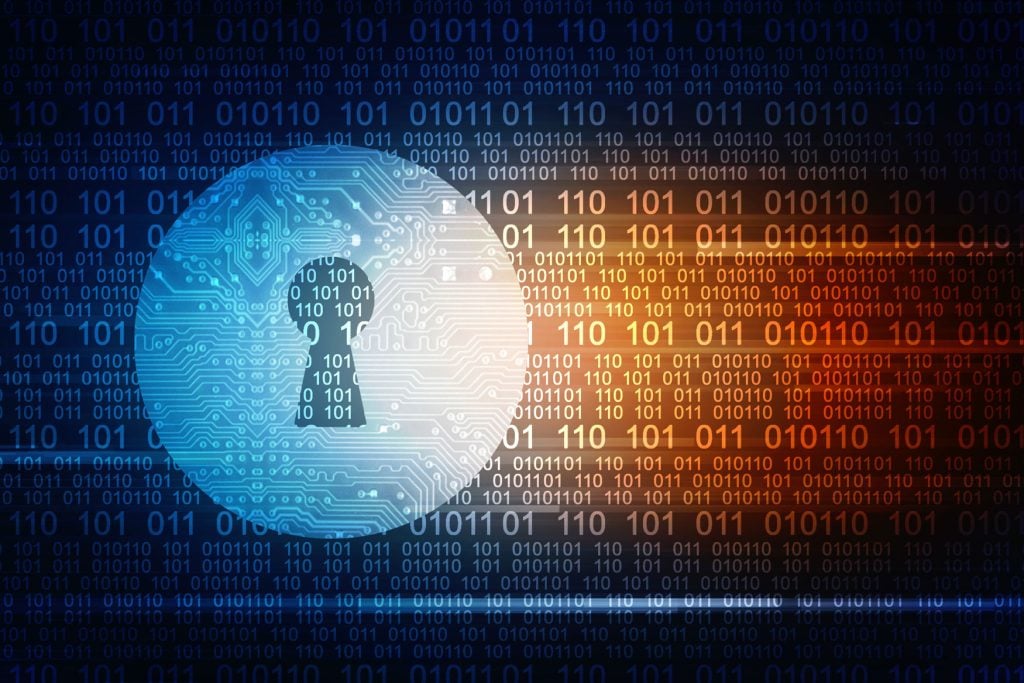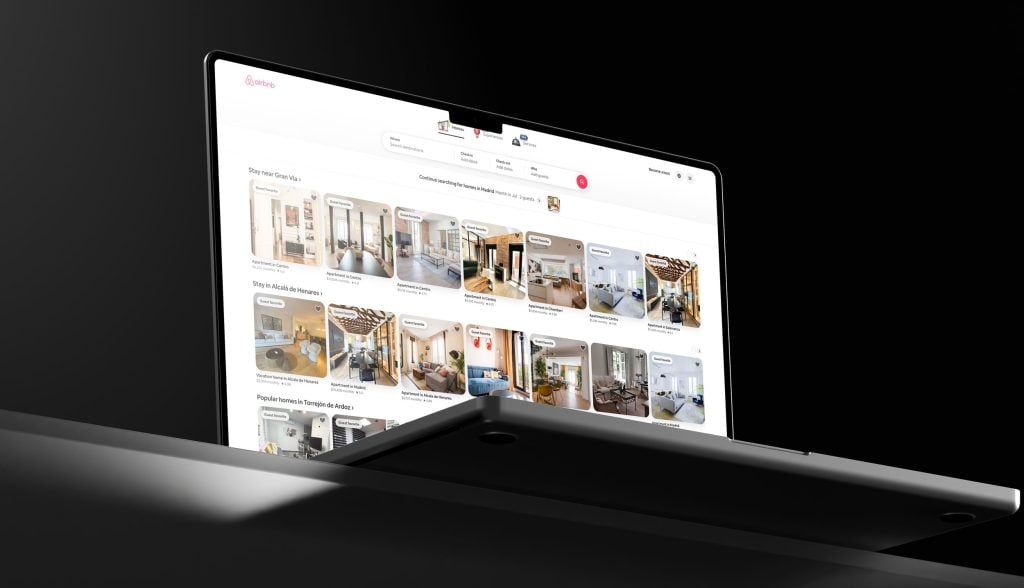This article was co-authored by former USPTO primary examiner Shawn Joseph.
While many in software patent industry long feared that the reverberations left from Alice meant the “kiss of death” for software patent applications, the reality today is more software patents are being issued than ever before. The truth is the software community has made tremendous strides in the last eight years since the turbulent aftermath of the Alice decision, and new USPTO Examiner guidance has been issued on how to best to determine subject-matter eligibility of software patent applications.
The result of this new guidance has increased the number of software patent applications being granted by more than 22% in the last three years with over 60% of all applications granted in 2020 being software or computer-implemented technologies. In this article we discuss software patents after Alice from a former USPTO Primary Examiner’s perspective and provide tips on how to avoid and overcome a 35 U.S.C. § 101 “Alice” Rejection.
Are Software Patents Enforceable?
While there continues to be a headline that indicate software-related and computer-implemented inventions are not patentable or enforceable, this argument is contrary to recent USPTO and court data. There is no question that software-related technologies are not only patentable, but enforceable, and can survive a validity challenge at the Patent Trail and Appeal Board or federal court.
A patent holder’s ability to enforce their patent rights begins the moment their patent is issued. If an infringing party makes, uses, sells, or imports the subject matter claimed in the issued patent, the patent owner will have legal recourse against the infringing party. The scope and breadth of your patent rights are defined by the claims granted in your patent.
If your patent includes broad claim language, then your right to exclude others is much larger than it would be in the case of a patent with narrow claims. While an issued patent is initially presumed valid, it may still be subject to future challenges at the USPTO through the Inter Partes Review (IPR) process or invalidation action in federal court.
What is Alice and What Does it Mean for Software Patents?
Alice Corp v. CLS Bank International, 573 U.S. 208 (2014) was a landmark Supreme Court decision that rocked the foundation of software patents to their core. In a unanimous decision written by Justice Clarence Thomas, the Supreme Court held that patent claims granted for computer-implemented electronic escrow services were directed to abstract ideas and not patentable subject matter.
The Alice decision has had a profound impact on the way Examiners at the United States Patent and Trademark Organization (USPTO) examine software patents. The decision laid out a two-step analysis, whereby a determination is first made as to whether the subject matter claimed in a patent is directed to an abstract idea. If yes, the claims need to add “significantly more” that embodies an “inventive concept.”
While the Supreme Court included several examples of what may or may not qualify as “significantly more,” the ambiguity of the decision and lack of guidance led to issues in implementing clear and consistent standards by lower courts and during examination by USPTO Examiners. The dramatic effect of the Supreme Court’s decision left many in the software industry wondering whether their software patents had become useless and unenforceable.
How Can You Overcome the Alice Decision When Patenting Your Software Ideas?
While there are no assurances of success when applying for a software patent application, there are steps you can take to improve the chances that your patent application will receive a Notice of Allowance from the USPTO Examiner.
First, consider a prior art search (sometimes called a “patentability search”). However, remember that results of your search are only as good as the disclosure information used to conduct the search. Therefore, ensure you provide thorough disclosure information, references, and printed documents, prior to conducting your search.
When provided with a thorough disclosure, a good prior art search will not only help you determine if your invention is patentable, but will also help provide you with an idea as to how broadly you can draft any claims in the application, based on the relevant art in the technology field. Remember to review the prior art search results with your attorney and provide any feedback or further “points of distinction” between your software platform and the cited prior art references found in the search.
Second, it’s important to understand what the USPTO Examiner considers “non-patentable subject matter” prior to drafting your software invention, business method, or computer-implemented process. Non-patentable subject matter rejections occur when the Examiner argues that the subject matter of the claimed invention is not eligible for patent protection because it is directed to an abstract idea or other non-patentable subject matter (under 35 U.S.C. § 101).
Under 35 U.S.C. § 101, there are four statutory categories or types of inventions that are eligible for patent protection: process, machine, manufacture, or composition of matter (or any new and useful improvement thereof). Software-related and SaaS inventions arguably fall under the “process” category of inventions. And if the invention is claimed as a machine (i.e., computer) that implements the process, an aspect of the invention would fall under the “machine” category.
Courts have interpreted the four statutory categories of inventions to exclude “laws of nature, natural phenomena, and abstract ideas.” These terms, commonly referred to as “judicial exceptions” to patent eligibility, generally refer to basic knowledge that is not eligible for patent protection, such as scientific principles (e.g., that force equals mass times acceleration, or F = mA), naturally occurring phenomena (e.g., lightning, gravity, sunlight), mental processes, and mathematical algorithms. In the majority of cases, it’s the last two exceptions (mental processes, and mathematical algorithms) that are the basis of most software-related rejections.
To help applicants navigate the changes to claim interpretations in the computer, software, and SaaS technology areas, the USPTO has issued an updated guidance on subject matter eligibility. This guidance has also been incorporated into various sections of the USPTO’s Manual of Patent Examining Procedure (MPEP). MPEP § 2106 currently states the test for subject matter eligibility involves the following steps (often referred to as the Alice Two-Step Test)
- Step 1: Check whether the claim is directed to a statutory category (process, machine, manufacture, composition of matter, or improvement thereof). If “no,” then the claim is directed to subject matter ineligible for patent protection. If “yes,” go to Step 2A.
- Step 2A: Check whether the claim is directed to a statutory exception (laws of nature, natural phenomena (product of nature), or abstract idea). If “no,” then the claim is directed to subject matter eligible for patent protection. If “yes,” go to Step 2B.
- Step 2B: Check whether the claim recites additional elements that amount to “significantly more” than the judicial exception. If “no,” then the claim is directed to subject matter ineligible for patent protection. If “yes,” then the claim is directed to subject matter eligible for patent protection.
Third, should you receive an Office Action rejection, I recommend the following steps when preparing and drafting your Office Action Amendment:
- Analyze the Examiner’s reasoning for each step of the subject matter eligibility test. Break the rejection down to clearly map each of the Examiner’s allegations to the respective Step above.
- Find any weaknesses in the Examiner’s reasoning for each Step in the analysis:
- Did the Examiner fail to properly apply any of the Steps?
- Many times, we have seen that an Examiner has force-fit a claim set into an “abstract idea” mold. Check closely whether any of the Examiner’s statements to map the claim to ineligible subject matter are non-factual or a mischaracterization of the invention. Also check closely whether the Examiner simply did not mention particular parts of the claim when making his/her argument. We also often see that an Examiner abstains from speaking to the claim limitations that would most weaken his/her argument. Sometimes, more important than what was said is what was not said;
- Review and utilize the subject matter eligibility examples in the USPTO Examination Guidance, keeping the following questions in mind:
- Do your claims have more things in common with the examples that are “eligible” or “ineligible”?
- Can your claims be made to better fit the mold of any of the “eligible” examples? By learning the justifications used in “eligible” examples, you will have tools added to your toolbelt to successfully argue against the Examiner’s position;
- Do the claims provide an “inventive concept” not discussed in the Office Action?
- Is it possible to explain how the claim falls into any statutory category?
- Respond, and argue, if possible, to the the Examiner’s analysis for each Step based on the above;
- Research your Examiner:
- It is less commonly known that you can search for cases previously allowed by your Examiner using tools such as the Advanced Search in PatFT. How can this help? Because you can find examples of cases allowed by the very SAME Examiner. You’ll find that Examiners often apply the same style of rejections to many cases (almost cut-and-paste). If you have an Alice rejection, take a look at examples of responses others have filed to his/her rejections that overcame their Alice rejections in their cases. The same strategies often work again because it fits your particular Examiner’s operating paradigm and automatically solves for examiner-to-examiner inconsistencies in applying standards.
- Craft Claims to Avoid Art Unit 3600
Speaking of examiner inconsistencies, art unit inconsistencies also come into play and should be considered when drafting your patent application. Wouldn’t it be better to avoid an examiner or art unit where your odds of allowance are worse altogether? It’s no secret amongst practitioners that patent applications that go in business methods art unit 3600 have substantially lower allowance rate. Skilled practitioners may be able to help you avoid being docketed to the infamous 3600 art unit.
However, with the right “targeted drafting” a basic understanding of the USPTO classification process is a requirement. Recently, the USPTO has been using automated systems as a first pass to docket cases within art units. These systems look for key terms in keep parts within you application to identify which art unit and classification your application is assigned. The most important of these key parts are your claims and abstract. And some of examples of key words that these systems use for business methods might include banking terms, gaming terms, pricing terms, etc. Take a look at the way the USPTO defines business methods to get an idea:
“The Business Methods area of the USPTO is a collection of subject matter areas in Technology Center 3600 that grants patents related to Data Processing: Financial, Business Practice, Management, or Cost/Pricing Determination.”
So, if your invention is related to any of these categories, it might be a good idea, in your initial patent application that will go through the classifier, to avoid key terms in those key parts. Please keep in mind you can always amend your claims at a later point in prosecution to include those terms, so long as you had support in your original disclosure.
Don’t Overlook the Value of an Examiner Interview
An Examiner Interview is a pre-scheduled discussion with the Examiner, generally conducted over the telephone, regarding the claim rejections and/or objections outlined in the Office Action and potential amendments addressing these concerns. Applicants represented by a Patent Attorney can (but generally do not) actively participate in the interview. In some instances, the Inventor and/or Applicant may be interested in attending the Examiner Interview.
However, please keep in mind that saying the wrong thing or making an improper admission during an Examiner Interview can affect the chances of obtaining a patent registration. In some situations, the Interview leads to an Examiner’s Amendment, placing the claims in the application in condition for an allowance without the Applicant having to file a formal response to an outstanding Office Action. Interviews can be Examiner initiated or requested by the Applicant.
One of the best ways to prepare for an Examiner Interview is to fully consider the issues raised in the Office Action and how best to frame your response to the Office Action. Then you may prepare an agenda of items to discuss. Next, you may contact the Examiner and schedule a convenient time to discuss the Office Action and proposed response and to email the agenda with any proposed amendments to the Examiner. Then, you can discuss with the Examiner to better understand the reasoning behind their rejections and their interpretation of terms and phrases and take the opportunity to highlight and clarify any misunderstandings or differences of interpretation.
But, more importantly, Examiner interviews give Applicants an opportunity to pick the Examiner’s brain and/or get a feel for the Examiner’s amicability to allowing your current claims. A lot of information can come from a quick conversation. For example, if the Examiner seems adamant that she or he has proven your invention already exists, you might be better off more significantly amending your claims to save yourself time and money. On the other hand, if the Examiner seems generally friendly to your innovation, you may be able to simply ask what minor modifications should be made to your claims to get you over the hump.
Remember that Examiners are humans, and being kind and cooperative can go a long way.
Avoid These Common Mistake When Drafting Your Software Patent Application
Drafting a software patent application is challenging for a number of reasons. First, software and computer-implemented processes do not fall neatly into the statutory framework for patent eligibility. While software is broadly defined as “programs and other operating systems used by a computer,” if your software is merely performing certain routine functionality or generic automation, it is likely too “abstract” to be patentable subject matter.
The key when drafting a software application is identifying the novel aspects / inventive concepts of your software and articulating how your software improves computer functionality. You should also ensure you describe with particularity all systems, sub-systems, and components used to execute your novel process.
Avoid describing generic functionality or merely reciting automation of human activity that has traditionally been manually performed or reciting “conventional actions in a generic way” when drafting your claim set and detailed description.
Don’t Forget About The Advantages of a Design Patent
Don’t overlook the value of a design patent application for your software. Design patents protect the Graphical User Interfaces (GUI), loading screen changes, and other ornamental elements of your software. Your GUI may be patentable and may meet the “article of manufacture” requirement if your GUI’s two-dimensional image is shown on a computer screen, tablet, or mobile device.
Your GUI design patent application may include multiple embodiments as long as those embodiments relate to a single GUI design. The application should include at least one area in dashed or broken lines, and the outer boundary of the device in broken lines. A broken line statement are essential in defining what portions of the GUI are claimed.
Design patents for software are advantageous for number of reasons including: faster prosecution time, higher allowance rates, and lower attorney costs and USPTO filing fees.
Speak with an Experienced Software Patent Attorney and Learn More About Software Patents After Alice
Concerned about how the Alice ruling can affect your previously granted patents? Need legal advice about dealing with patent claims? The Rapacke Law Group is a business and intellectual property law focusing on software related intellectual property.
Our attorneys include former USPTO Primary Examiners and developers who work with a variety of U.S. and foreign startups to ensure they have a strategic approach to their intellectual property protections. We offer patent and intellectual property legal services for a transparent flat fee. Contact us to schedule a free consultation with one of our experienced attorneys.
Schedule a free consultation or take our Intellectual Property Quiz to understand how to best protect your business with an experienced software patent attorney.




